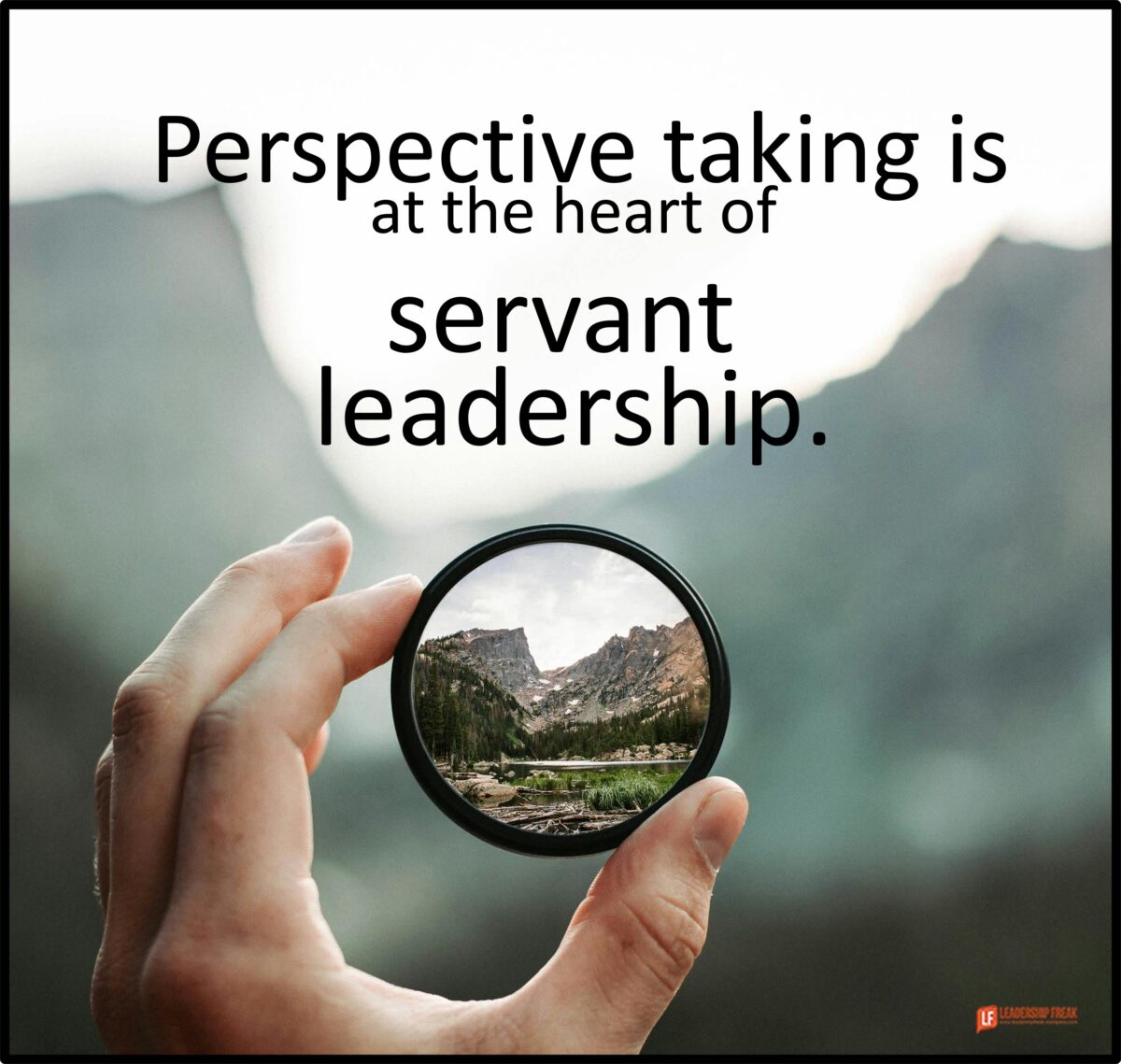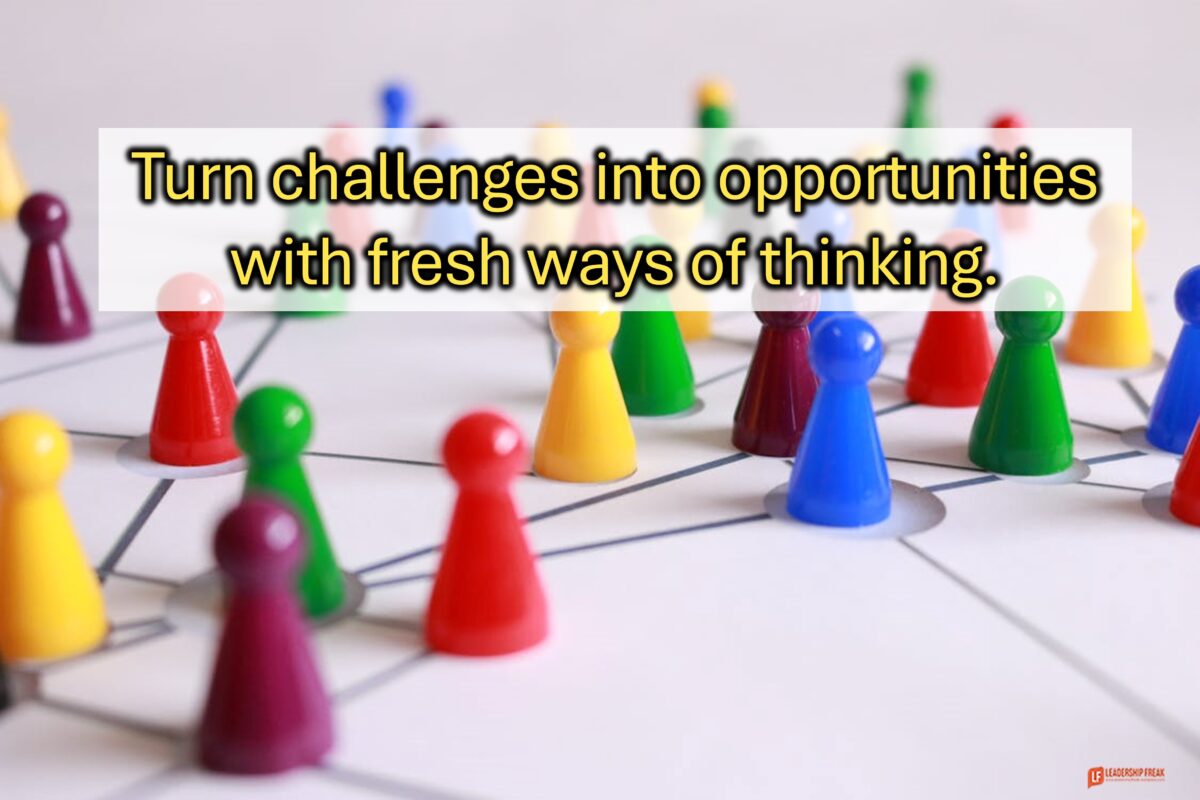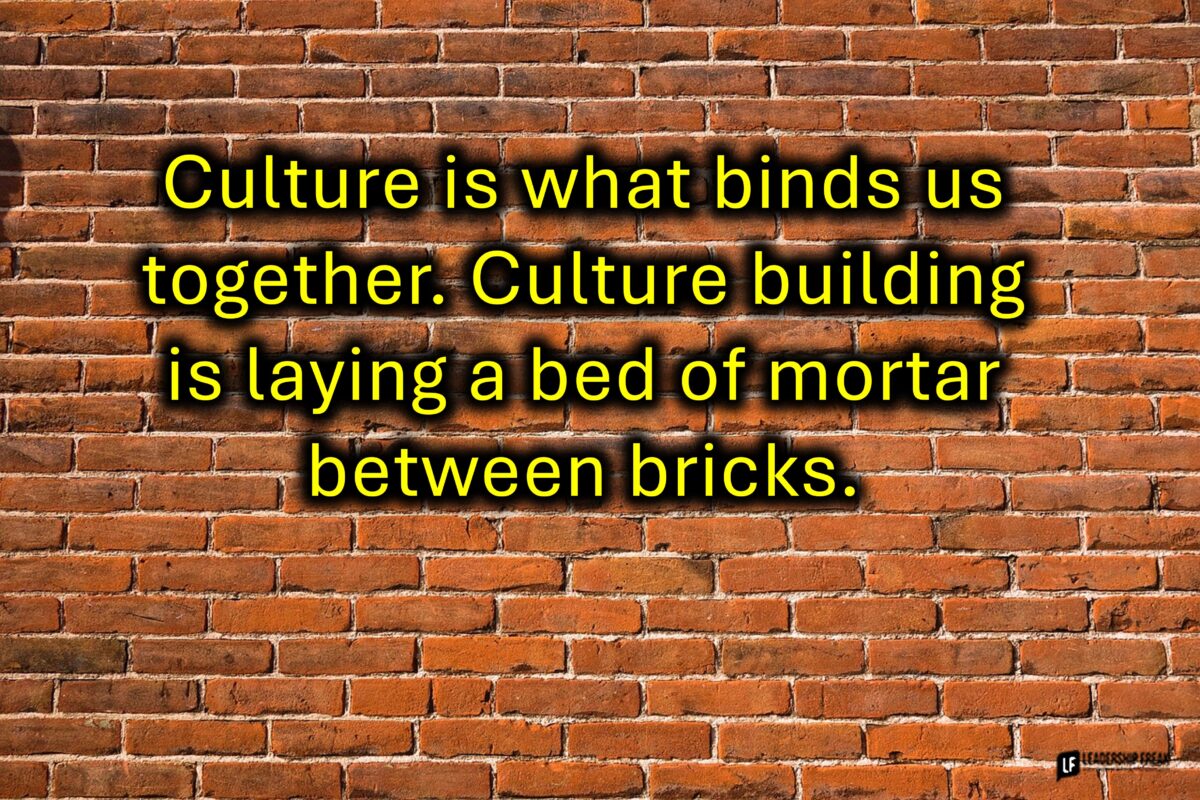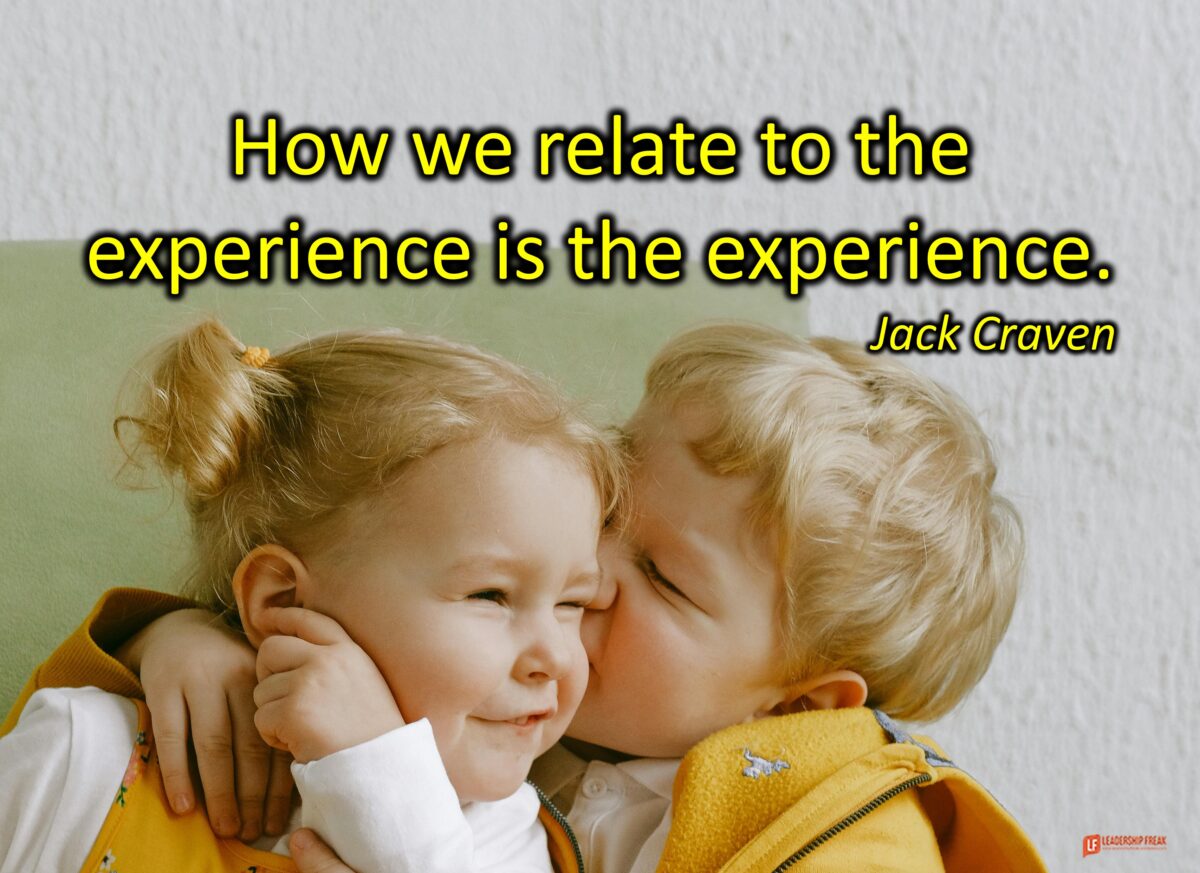From Boss to Leader: How Perspective Taking Energizes People
Taking perspective is more important than giving perspective when leading. Gain influence by learning how others see the world before explaining your way of seeing.
Perspective taking is at the heart of servant leadership.
Positive influence:
A person’s perspective is the right perspective from their point of view.
In one way or another we long to be seen. When we feel understood we feel…
- Energized.
- Respected.
- Grateful.
- Connected.
- Empowered.
- Motivated.
- Willing to listen.
Leaders have thin influence when they give perspective but don’t take it. Perspective giving apart from perspective taking is command and control. Servant leaders help people flourish by seeking to understand how others see the world.
Influence demands perspective taking.
How to practice perspective taking:
#1. Stop fixing.
The #1 behavior that prevents leaders from coaching people is fixing. You rush to give your perspective on someone’s situation. You disempower people when you jump to advise before taking perspective.
Practice taking their perspective before giving yours.
#2. Indicate interest.
People are fascinating.
Perspective taking begins when you ask, “What’s going on for you?”
Express interest by saying…
- What are you trying to accomplish when you…?
- Would you help me understand how you feel about…?
- What do you want me to understand?
- Could you tell me more about…?
You know someone when you understand their perspective.
#3. Learn stories.
The way people see the world is best understood through their stories.
Explore another person’s…
- Experiences.
- Upbringing.
- Values.
- Influential friends.
- Cultural surroundings.
- Personal goals and priorities.
- Faith/religion.
- Education.
- Current needs.
- Priorities.
Which perspective taking approach could you practice today? (Stop fixing, indicate interest, learn stories?)
What would you like to add to this post?
Still curious:
A New Question That Invites a Story
The Power of Perspective Taking
Like this:
Like Loading…



































